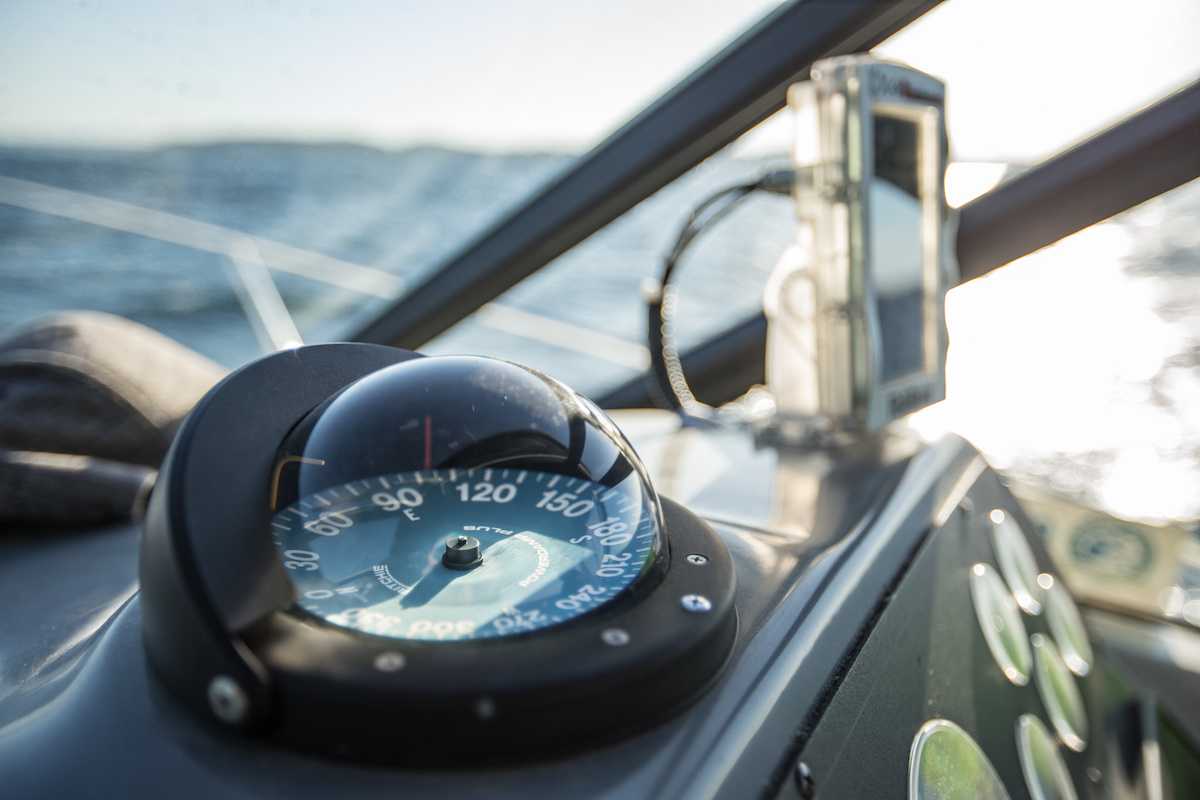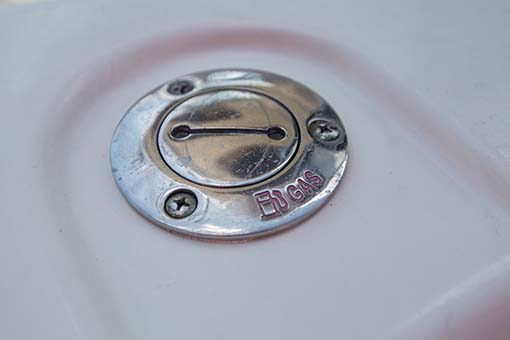Think of boat navigation lights like the eyes of your boat. They help other boats see you, and they help you see other boats. And just like car headlights, they're crucial for safety on the water – especially when it's dark.
In this post, we will discuss how to use your boat navigation lights safely, why they're important, and some fundamental rules and safety tips to follow when boating at night – or during times of limited visibility.
The Importance of Using Navigation Lights for Boats
First, we must emphasize that each boat navigation light has a specific purpose and is not just for show! These illuminations are meant to help prevent collisions with other vessels when it's dark – or when the weather makes it hard to see much of anything.
Each is located in a strategic position and has a specific purpose:
- Boat navigation lights help prevent accidents with others on the water by alerting others of your location – and vice versa.
- They communicate your boat's direction, size, and intentions.
Choosing the Right Boat Navigation Light
You might think there's just one kind of boat navigation light, but there are actually a few! And they should all be visible from at least two nautical miles away.
- Sidelights (bow lights): Let others know what part of the boat they're looking at and where it's heading.
○ Red sidelight: visible from the port (left) side.
○ Green sidelight: visible from the starboard (right) side. - Stern lights: Inform other boats of your position from behind.
- All-round white light (anchor light): Visible from all directions.
When boating at night or when it's hard to see, each light has a specific purpose to guide you. Our advice? Memorize what each of these means!
If you know what each color represents, when you see other boats from afar, you'll know what direction they're going in by the light that is visible to you. For instance, seeing red and green lights on an approaching vessel indicates it's heading straight toward you.
Basic Boat Navigation Lights Rules
Because different boats have different needs, it's important to know the specific navigation light requirements based on your ship's size, type, and location. (A power boat and sailboat have different requirements for obvious reasons.)
Plus, different bodies of water may have unique regulations – so always research the applicable nautical rules for your area.
Here are the fundamental guidelines to follow:
- Test your navigation lights before departing. (Without lane markers and stop signs on the water, these lights allow boats to communicate with each other.)
- Turn on navigation lights from sunset to sunrise.
- Use lights when there is poor visibility (fog, rain).
- Know specific rules based on boat size, type, and location.
- Regularly inspect and maintain lights.
- Keep spare bulbs on board.
Safety Tips: Navigation Lights for Boats
The U.S. Coast Guard has put these boat navigation lights rules in place for a good reason: safety. In fact, understanding these rules is a legal requirement for operating a boat.
What kind of boat navigation lights you need depends on several factors, including:
- Your boat's size
- Your boat's type
- Where you'll be boating
Additionally, the rules can change between inland and offshore waters, but these tips are solid no matter where you're boating:
- Invest in high-quality, Coast Guard-approved navigation lights for boats to prevent legal troubles and avoid collisions.
- Turn off headlights, spotlights, and any other lights that could interfere with navigation lights while underway.
- Conduct regulation inspections of your lights and keep spare lights aboard. (A quick pre-departure check can make a big difference.)
Just as you wouldn't use cheap parts in your car, don't cut corners on your boat's lighting. Reliable lights are worth the initial investment as they can help prevent accidents!
If you need clarification on the specific lighting rules for your boat, the owner's manual is a great place to start. It's full of detailed information you may have forgotten after owning a vessel for a while.
Stay Safe: Know The Importance of a Boat Navigation Light
Boating is a blast – and we want to keep it that way! Knowing your boat navigation lights isn't just a rule – they're critical tools for a safe outing. And by understanding how to use them, you're protecting yourself and everyone else on the water.
If you want to learn more about boating safety and discover additional tips for a fun and worry-free experience on the water, explore our other articles. Stay safe and boat wisely!
This article and video are sponsored by Progressive Insurance®


